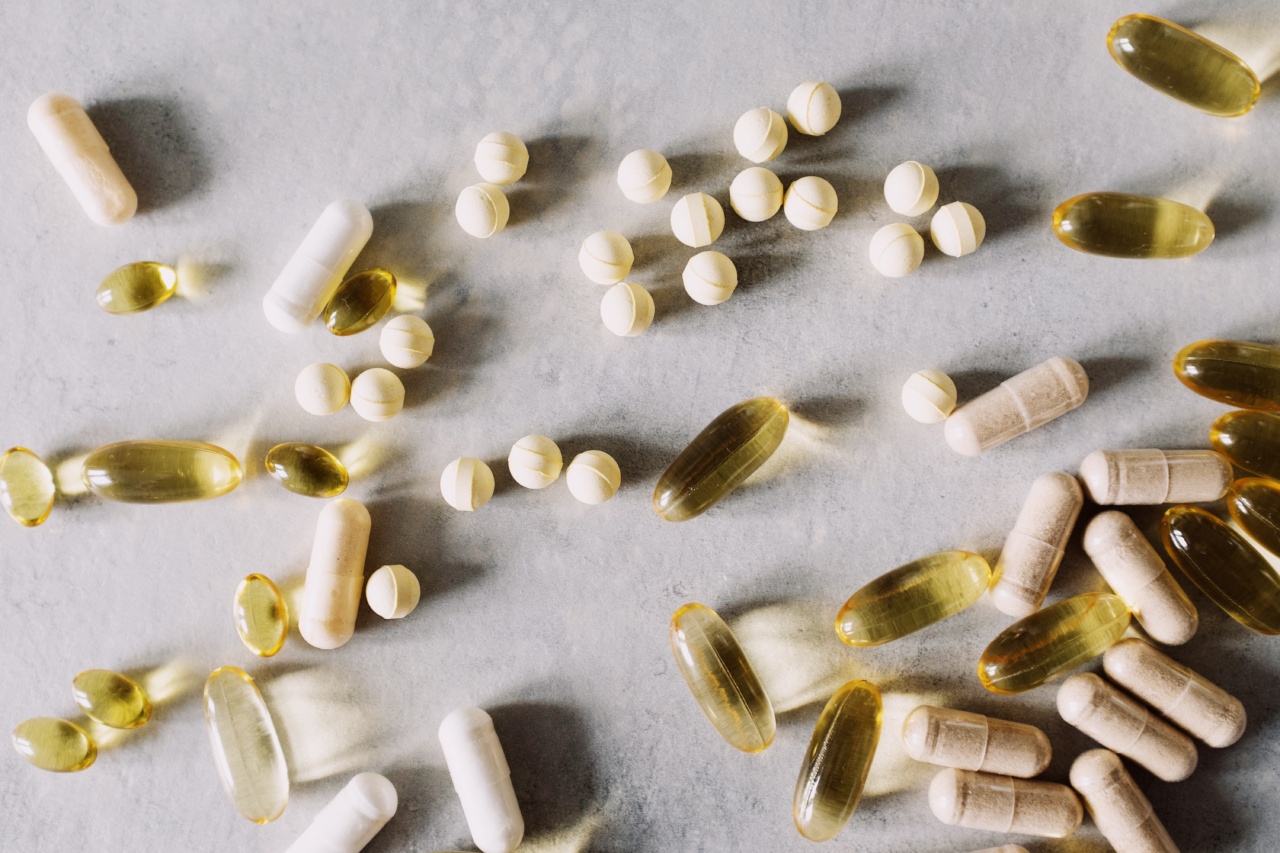Chronic pain can disrupt your daily life, making it difficult to do even the simplest tasks. While medication can provide short-term relief, it’s not a long-term solution.
Instead, adopting a healthy diet that focuses on anti-inflammatory foods can help reduce pain in the long run.
What Causes Chronic Pain?
Chronic pain can have numerous causes such as injuries, arthritis, and nerve damage. At the root of all chronic pain is inflammation, which can cause swelling and discomfort in any part of the body.
Inflammation is a natural immune response to injury or infection that causes the body to release chemicals to help speed up the healing process.
However, sometimes the immune system continues to release these chemicals even when there is no injury or infection, leading to chronic inflammation.
How Does Diet Affect Chronic Pain?
Diet can play a significant role in reducing inflammation and therefore reducing pain.
Processed foods, sugar, fried foods and too much saturated and trans fat can encourage inflammation, while a diet rich in fruits, vegetables, whole grains and lean protein can help minimize it.
Six-Week Diet Solution
The following diet plan can help reduce inflammation and pain. As with any dietary change, it’s best to consult with a healthcare professional before starting.
Week 1 and Week 2 – Elimination
The first two weeks are devoted to eliminating foods that are known to trigger inflammation, such as sugar and refined carbohydrates, processed foods, fried foods, and red meat.
Instead, focus on consuming anti-inflammatory foods such as:.
- Fruits – berries, cherries, oranges, and pineapple
- Vegetables – leafy greens, broccoli, cauliflower, and peppers
- Whole Grains – brown rice, oats, quinoa, and whole-grain bread
- Protein – salmon, tuna, chicken, turkey, and tofu
- Healthy fats – avocados, nuts and seeds, olive oil
Week 3 and Week 4 – Introduce Anti-Inflammatory Foods
During the third and fourth week, start adding foods and spices that are known for their anti-inflammatory properties. These include:.
- Turmeric
- Ginger
- Cinnamon
- Walnuts and almonds
- Fatty fish – salmon, tuna and sardines
- Green tea
- Dark chocolate (70% or higher cacao content)
Week 5 and Week 6 – Consolidation
The final two weeks are all about consolidation. Continue consuming anti-inflammatory foods and continue to avoid inflammatory foods such as processed foods, sugar, and red meat. You can experiment with different recipes and add variety to your meals.
Be sure to drink plenty of water and minimize alcohol consumption.
Conclusion
A healthy diet can help reduce inflammation and pain. By eliminating inflammatory foods and adding anti-inflammatory foods to your diet, you can help improve your overall health and well-being.
Remember to consult with a healthcare professional before making any drastic dietary changes and be patient – reducing pain and inflammation takes time.





























